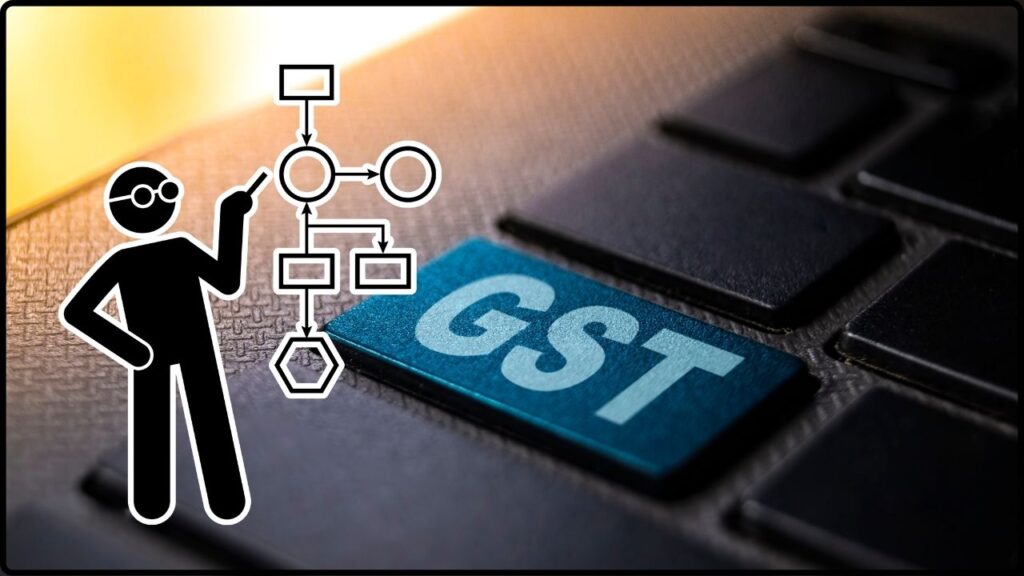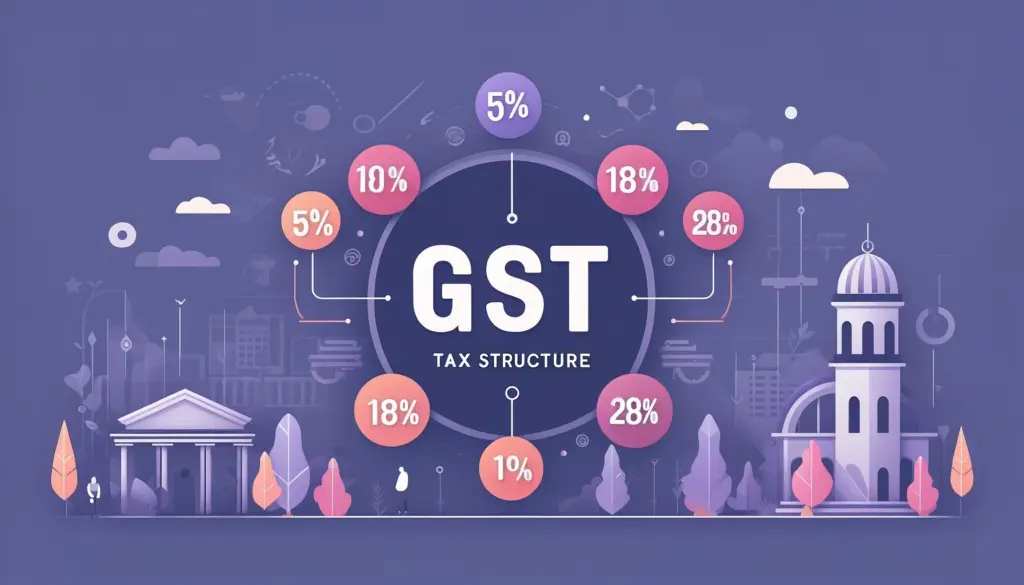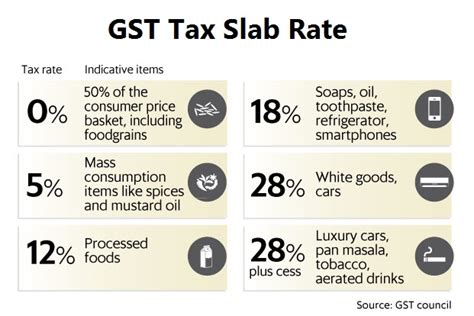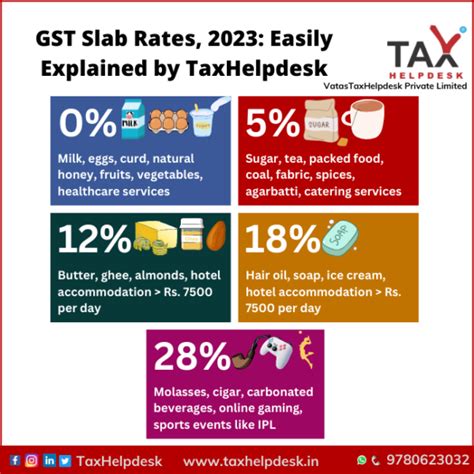
GST Structure Simplified: If you’ve been scratching your head every time the words “GST structure simplified – key changes explained” hit the headlines, you’re not alone. Since its launch in 2017, India’s Goods and Services Tax (GST) has often been seen as both a game-changer and a head-scratcher. Fast forward to 2025, and policymakers are finally giving it a big makeover. This isn’t just technical tax talk. It’s a reform that touches your grocery bill, your insurance premium, your business accounting, and even your state’s economy. And yes—it’s being sold as a “Diwali gift” to India’s middle class.
GST Structure Simplified
The GST structure simplified – key changes explained is more than a fiscal update. It’s India’s push to streamline taxation, boost consumption, and ease compliance for millions. Sure, states worry about losing revenue, but for households and businesses, this reform is a game-changer. If GST was once a messy jigsaw puzzle, this reform finally brings the missing pieces together. Come Diwali 2025, India’s economy may be looking at a brighter, cleaner, and simpler tax future.
| Aspect | Details |
|---|---|
| Old GST System | Four slabs: 5%, 12%, 18%, 28% |
| New Proposed System | Two slabs: 5% (essentials), 18% (most goods & services), plus 40% for luxury/sin goods |
| Biggest Change | Nearly 99% of 12% items moving to 5%; many 28% items dropping to 18% |
| Who Benefits? | Consumers, MSMEs, insurance holders, auto & electronics buyers |
| Concerns | Revenue loss for states, possible need for compensation |
| Timeline | Likely approval in September 2025, rollout by Diwali 2025 |
| Official Resource | GST Council Official Website |
What Exactly Is GST and Why Is It Changing?
For readers new to GST—think of it as a single umbrella tax that replaced a messy mix of state VAT, excise, service tax, and more. It was meant to simplify India’s tax system and boost transparency.
But over the years, the multiple tax slabs (5%, 12%, 18%, 28%) created confusion. Was your chocolate “luxury” at 28% or “essential” at 18%? Did your small business have to track 12% vs. 18% invoices? These slab disputes clogged courts and complicated compliance.
The new reform aims to simplify GST into just two slabs, making it easier for consumers, businesses, and tax officials alike.

Breaking Down the New GST Structure Simplified
1. Two Main Slabs Instead of Four
- 5% Slab → Essentials and merit goods (groceries, medicines, public transport).
- 18% Slab → Most other goods and services (electronics, retail, dining).
- 40% Special Rate → Luxury/sin goods (tobacco, alcohol, high-end cars).
This is like trimming a bloated diner menu into a “classics only” version—fewer choices, faster decisions.
2. Reallocation of Items
- 12% → 5%: Almost all items in the 12% bracket (99%) will now be taxed at just 5%.
- 28% → 18%: Many items like small cars, air conditioners, and appliances shift down.
- Insurance premiums: Life & health may be exempted altogether, lowering out-of-pocket costs.
3. Who Wins, Who Loses
- Winners → Consumers, MSMEs, insurance holders.
- Losers → State governments, who fear shrinking revenues.
A Quick Look Back: GST Since 2017
When GST rolled out on July 1, 2017, it was called “One Nation, One Tax.” Initially, it boosted transparency but drew flak for:
- Too many tax slabs.
- Technical glitches in the GSTN portal.
- Complexity for small businesses.
Over time, fixes were added—e-invoicing, input tax credit reforms, and digital filings. But rate rationalization remained unfinished. This 2025 reform is being pitched as the final piece of the puzzle.

India vs. The World: How GST Compares
- Canada: Follows a GST/HST model with 5% federal GST plus provincial sales taxes.
- Australia: Flat 10% GST, no multiple slabs—simple and consumer-friendly.
- USA: No GST; instead, state-level sales tax (ranging from 0–10%).
India’s new two-slab GST system puts it closer to Australia and Canada, though the 40% “luxury” rate is unique to India’s revenue needs.
State vs. Center: The Tug-of-War
GST revenue is shared between states and the central government. When slabs shrink, states worry about losing their share. Some states with higher spending obligations argue they’ll need compensation.
In 2020 during the pandemic, states already clashed with the Center over delayed compensation payments. With this reform, expect fresh negotiations where the Center may promise additional grants or allow states to impose special levies on ultra-luxury items.
Real-Life Examples: How This Impacts You
- Consumers: That ₹30,000 fridge may now be 10% cheaper. Grocery bills could dip with essentials at 5%.
- MSMEs: Bookkeeping simplified; less time wasted on disputes.
- Insurance holders: Savings of 18% on premiums if exemptions kick in.
- Automobiles: A small car dropping from 28% to 18% GST could lower on-road prices by thousands.
- States: Possible short-term revenue gaps until higher consumption balances it out.
Sector-Specific Impact
- Automobiles: Lower GST on cars and two-wheelers may revive demand in a struggling sector.
- Insurance: Exemptions on premiums could push penetration higher, closing India’s “insurance gap.”
- Electronics: GST cuts on appliances could give a holiday-season sales boost.
- FMCG: Food items and essentials getting cheaper may help rural demand, where inflation hit hardest.

Expert Insights & Data
According to The Economic Times, this shift could boost consumption by 1–1.5% of GDP. Reports suggest 99% of 12% items will move to 5%, while most 28% items move to 18%.
However, the Times of India notes state governments may face revenue losses unless compensated.
Globally, studies by the World Bank and OECD show that simpler VAT/GST systems improve compliance and increase tax collections in the long run, even if initial revenue dips occur.
Opportunities for Professionals
This isn’t just a tax tweak—it’s a career opportunity:
- Accountants & CPAs → Demand for advisory services will spike during transition.
- Tax Consultants → Businesses will need reclassification help.
- Policy Analysts → States vs. Center compensation debates create space for advisory roles.
- Tech & Software Firms → GST filing software will need updates, creating new contracts and projects.
If you’re in finance, this is your moment to step up.
Challenges Ahead
- Revenue Loss – States may push back hard, demanding compensation.
- Implementation Lag – Businesses will need time to update billing systems.
- Classification Battles – Luxury vs. essential goods debates won’t vanish overnight.
- Inflation Risk – While most goods get cheaper, sin goods could get pricier.
- Compliance Burden – Small businesses will still need to adapt their ERP/accounting systems quickly.
Pro Tips for Businesses & Consumers
For Small Businesses
- Recheck your invoices and contracts.
- Pass GST cuts to customers—regulators will be watching.
- Train staff on new rates.
- Upgrade billing software early to avoid penalties.
For Consumers
- Compare prices post-Diwali before big purchases.
- If you’re buying insurance, consider waiting for exemptions to roll in.
- Watch for “hidden charges”—not all businesses will pass on cuts immediately.
Political Angle: Why Now?
Reforms aren’t just economic—they’re political. Simplifying GST in 2025 is being pitched as a “gift” to the middle class before Diwali. With elections on the horizon, this timing boosts public goodwill while also signaling that the government is serious about long-pending reforms.
Global Economic Context
At a time when global trade tensions and inflation are rising, India’s GST simplification is also about sending a signal to investors. Simplified taxation improves Ease of Doing Business rankings, encourages FDI, and makes India look more competitive globally.
₹500 Crore GST Scam Busted in Guwahati, Four Held
12% & 28% GST Slabs Axe Approved – Will Consumers and Businesses Finally Benefit?
Will Modi’s GST Reforms Tame Inflation and Push RBI Toward Cuts?










